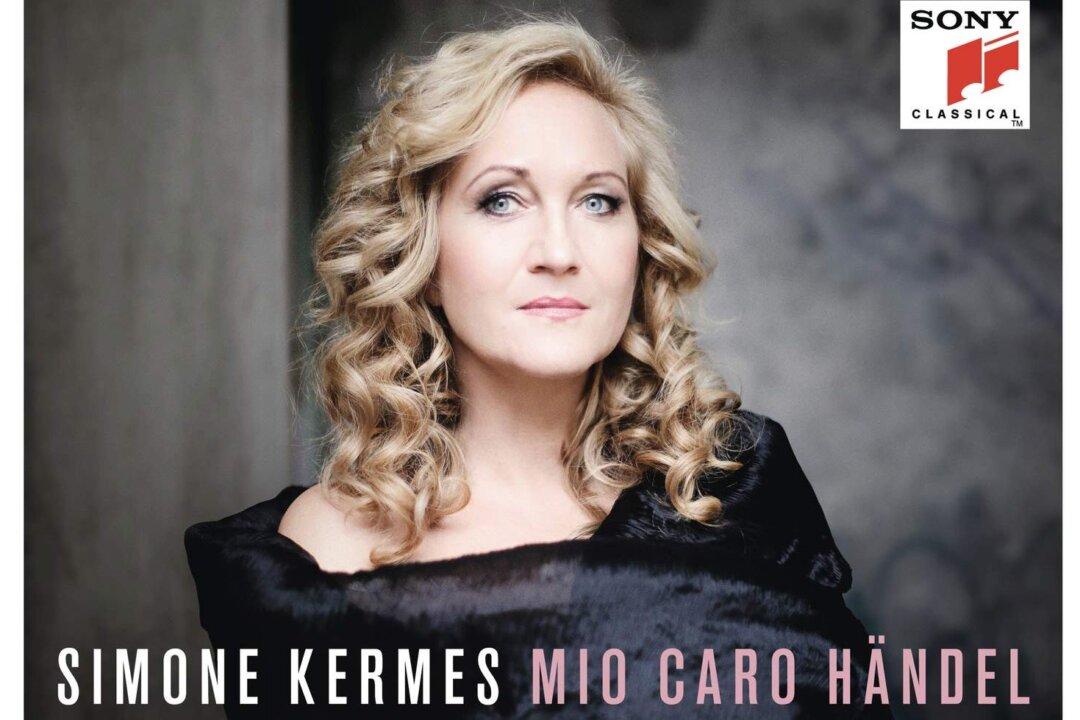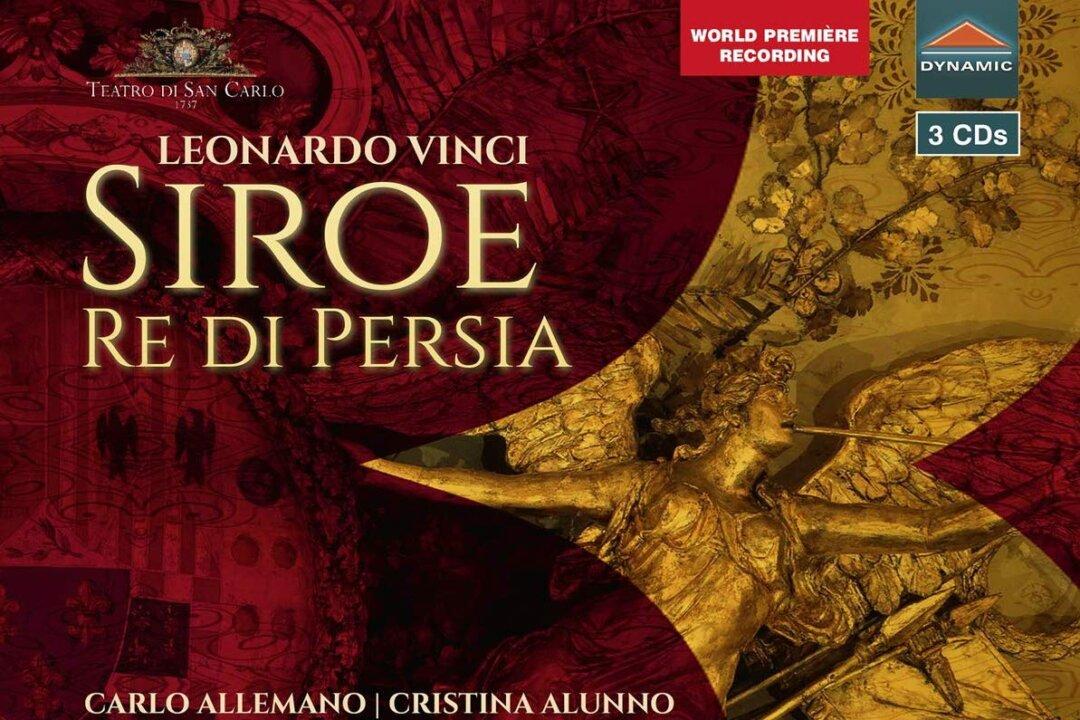LONDON—Ballet is a curious art form. Where else would we accept as standard a work by a number of different hands, based on the artist’s original? Just think how art historians obsess over whether a painting is by an artist, attributed to him, or by his studio. In music, the process is accepted to a limited extent; just think of Luigi Cherubini’s “Medea,” where the recitatives are by another composer.
The fact is that until the invention of accurate choreographic notation, ballets relied on memory to be transmitted, and it was accepted that new generations would change and improve them.





